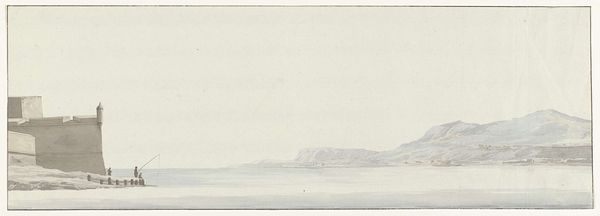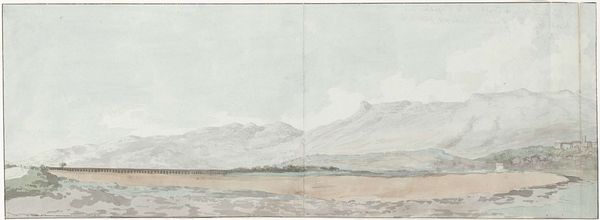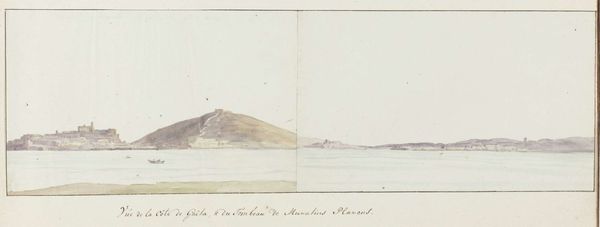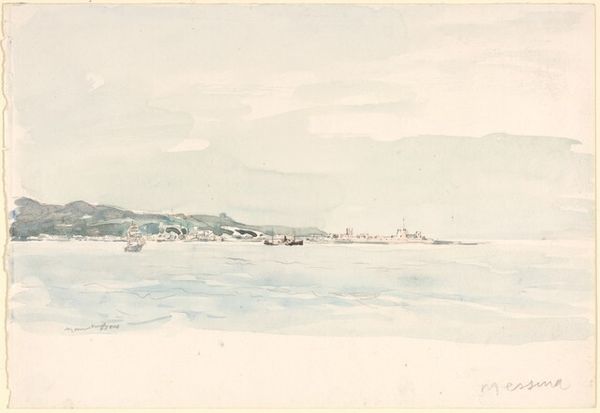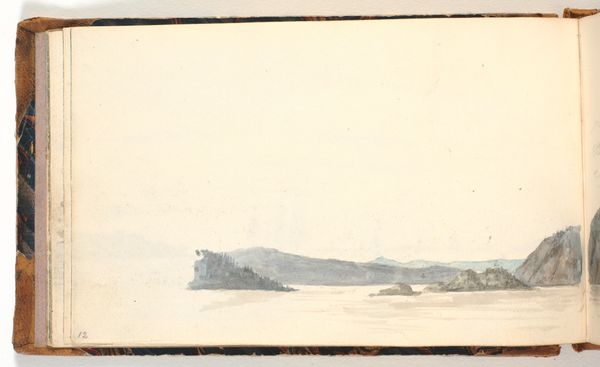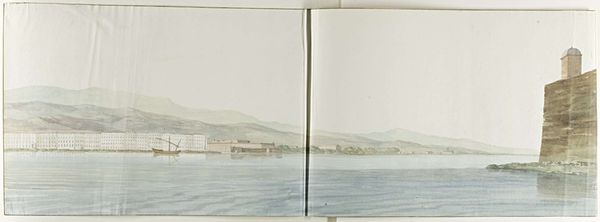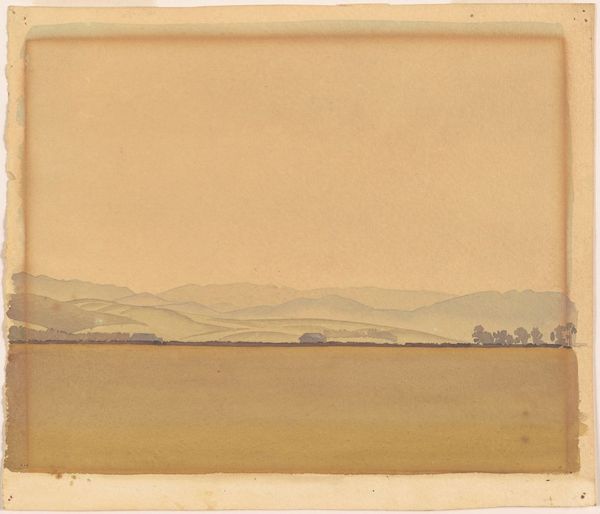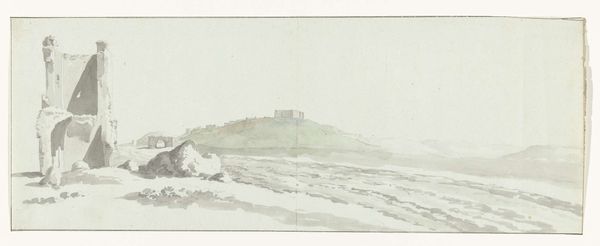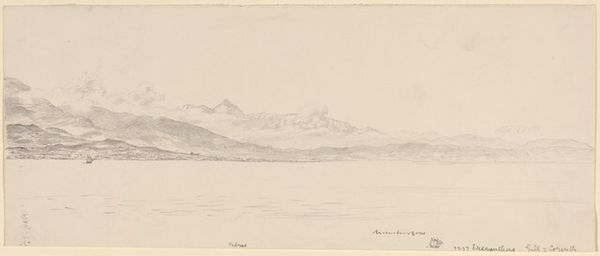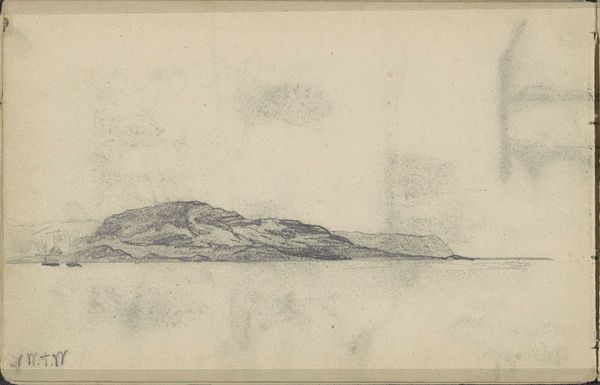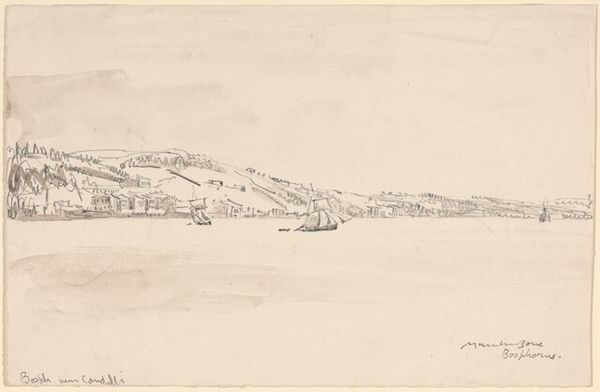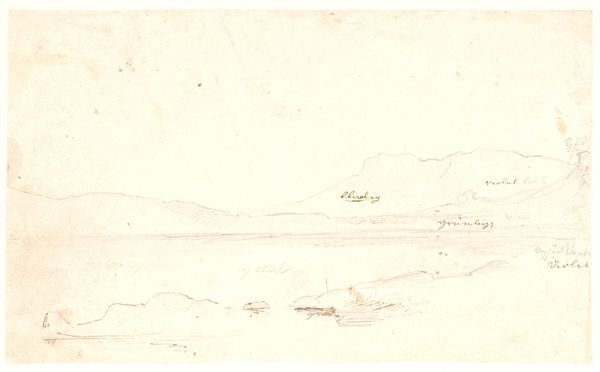
plein-air, watercolor
#
neoclacissism
#
plein-air
#
landscape
#
watercolor
#
watercolor
Dimensions: height 158 mm, width 1036 mm
Copyright: Rijks Museum: Open Domain
Curator: Before us is Louis Ducros's "Panorama met Agrigento en de kust," created in 1778, which is currently held at the Rijksmuseum. It's rendered beautifully in watercolor, capturing a sweeping view. Editor: It's strikingly serene, almost dreamlike. The hazy blues and soft greys create a powerful sense of stillness. Is it the scale of the composition? What feeling does the panorama provoke in the contemporary museum setting? Curator: It evokes, perhaps intentionally, a very specific cultural and artistic moment. Ducros, influenced by Neoclassicism, was deeply engaged with presenting accurate yet idealized views of historical sites. His practice, doing plein-air landscapes, was rooted in a social desire for verifiable images, which helped shape perceptions about place and progress during the 18th century. Editor: So it's not just a landscape, but an emblem of Enlightenment values? The landscape is sparse but pregnant with possible futures? I can certainly see symbolic weight in the classical elements evoked: land, water, light… Curator: Precisely! Consider Agrigento itself – its layered history, from Greek colony to Roman conquest – embodied in the physical location represented on the sheet. Ducros isn’t just showing us the coastline; he is showing us a tangible connection to a grand past and a potent present moment on the cusp of significant change. Editor: The washes of colour imbue it with such a fleeting sense of place, yet that low line of earth and architectural ruin roots it in collective memory. Even in 1778, would a contemporary audience see it as already nostalgic? How do we see this coastline in light of migration and climate challenges in our present day? Curator: Absolutely. These views become documents, loaded with evolving meaning as interpretations shifted throughout the rise and fall of empires. Art played a central role in shaping those understandings, of course. Editor: It speaks to the cyclical nature of history, perhaps. Beauty overlaid with an inescapable awareness of time and transformation. Curator: Indeed, making Ducros’s picturesque rendering more complex when considered within its historical moment. Editor: Ultimately, Ducros gives us more than scenery. It asks us to think about our place in time and legacy.
Comments
No comments
Be the first to comment and join the conversation on the ultimate creative platform.
